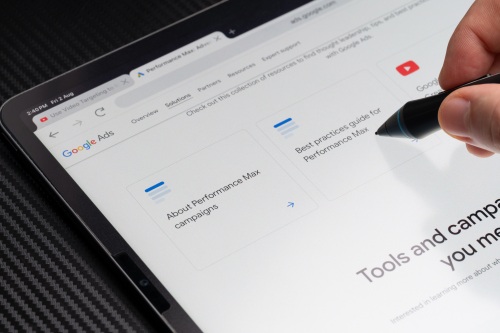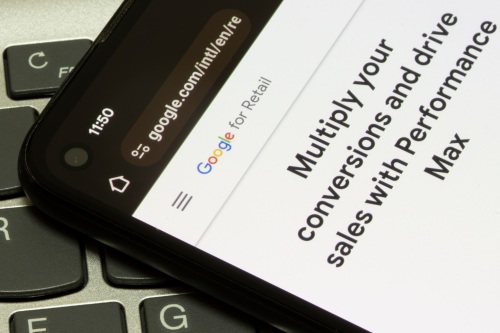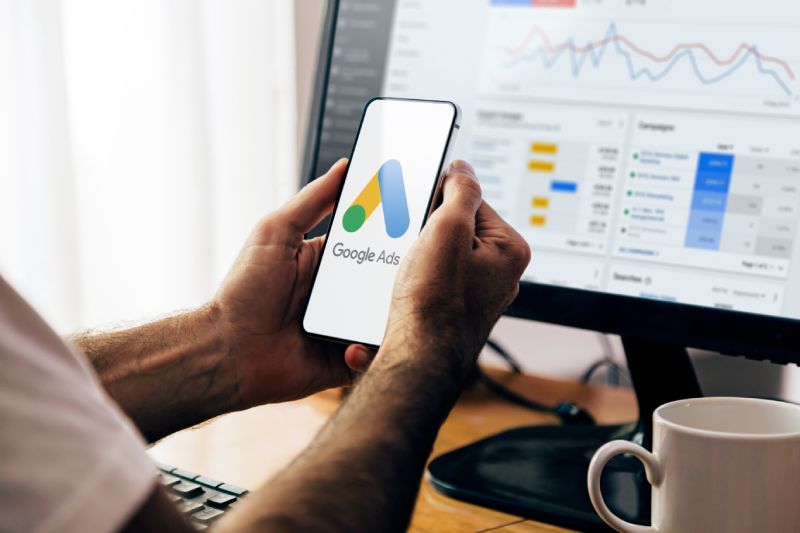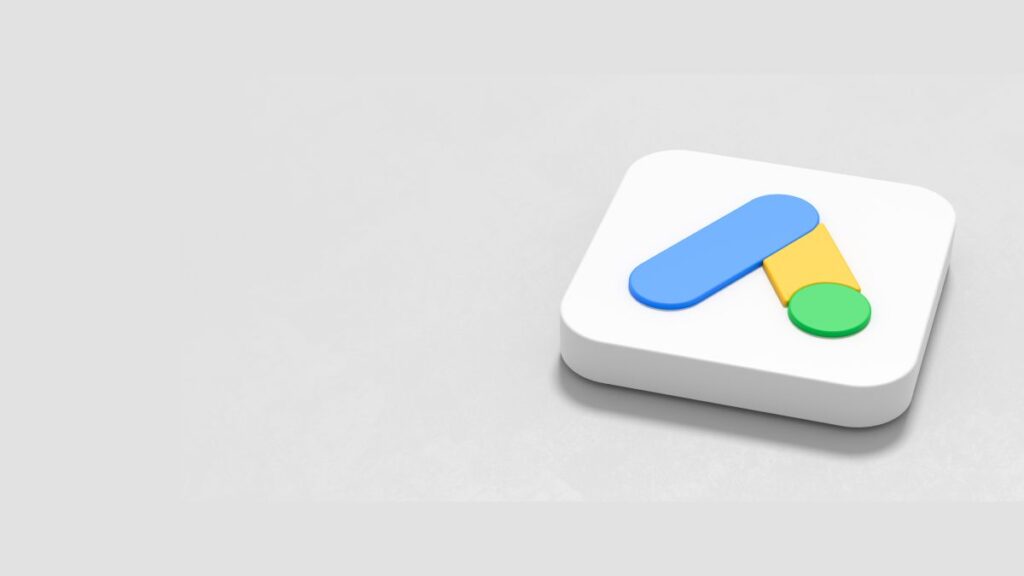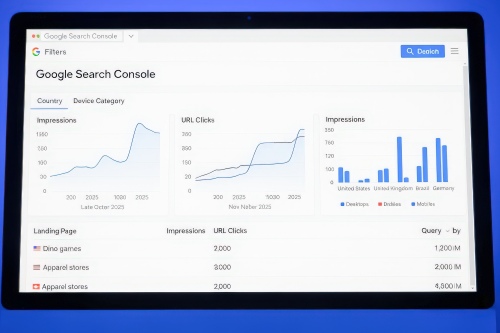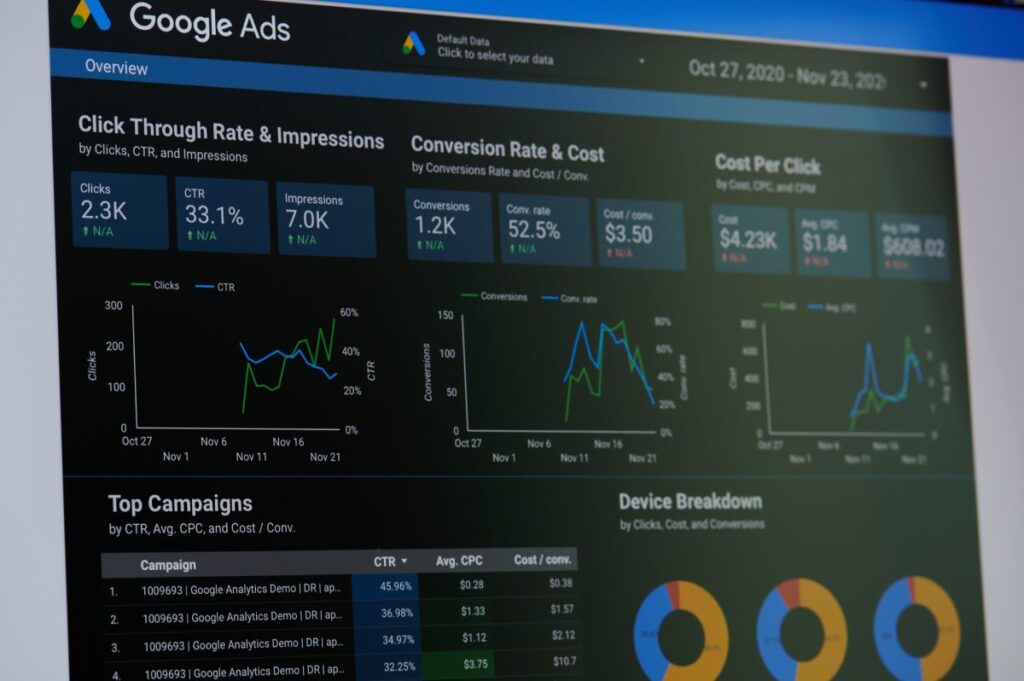If you’ve run Google Ads campaigns lately, you’ve probably seen “Performance Max” (PMax) pop up everywhere. Google pitches it as an all-in-one campaign type powered by AI, but what’s actually happening under the hood?
While PMax can be powerful, it’s also a black box that requires a strategic hand to truly perform. Here’s how it works, and how to think about using it intelligently when running a Google Ads campaign.
What PMax Really Is
At its core, Performance Max is Google’s AI-driven campaign type that runs across all of Google’s inventory, Search, Display, YouTube, Maps, Discover, and Gmail, using only a single campaign.
Instead of manually creating campaigns for each channel, you feed PMax assets (headlines, descriptions, images, videos, etc.) and conversion goals. Google’s machine learning then decides where to show your ads, who to show them to, and when they’re most likely to convert.
PMax campaigns are powered by three main things:
- Your conversion data (first-party data, if you have it)
- Google’s user behavior data (which is vast)
- Asset combinations that Google continuously tests and optimizes.
Where Ads Appear Across Google
PMax offers access to Google’s full network of properties in one streamlined campaign. Ads can appear on Search, YouTube, Display, Discover, Gmail, and Maps, allowing businesses to maintain consistent visibility and meet customers across multiple touchpoints during their decision-making journey.
The AI Engine: Signals In, Results Out
The key to understanding PMax is that it doesn’t “target” the way traditional campaigns do. Instead of saying, “show my ad to people searching for X,” you give Google signals, like audiences, keywords, customer lists, and conversion actions, and Google’s AI goes to work finding similar users across its platforms.
Think of it like this:
Traditional campaigns = manual steering.
PMax = autopilot — but only as good as your flight plan.
If your conversion tracking is weak, or your goals are unclear, PMax will optimize toward vanity actions (like clicks or form fills that don’t actually lead to revenue). But when your data is clean and your goals are precise, PMax becomes a learning machine that can outperform manual campaigns.
The Hidden Layer: Asset Groups and Creative Testing
Inside each PMax campaign are asset groups, clusters of creative and audience signals. Each asset group functions almost like a mini multi-channel campaign.
Google automatically mixes and matches headlines, descriptions, images, and videos, and then measures engagement and conversions across thousands of combinations. The winning assets rise to the top, and weaker ones fade away.
That’s where marketers can still add real value, crafting creative that teaches Google what works faster and helps the algorithm align with the brand story.
What Marketers Still Control
Even though Google handles targeting and bidding, marketers still control:
- Conversion tracking (what counts as success)
- Budgets and ROAS/CPA targets
- Audience signals (to steer machine learning)
- Creative strategy and messaging
- Exclusion lists and brand safety
While Google wants to make advertising “hands-off,” performance still hinges on human strategy, ensuring you’re feeding the algorithm with quality inputs and meaningful goals.
The Key Takeaways
Performance Max isn’t magic, it’s math. It works by combining:
- Continuous multivariate testing
- Google’s deep user data
- Your business goals and conversion data
If you understand those mechanics and give it the right structure, PMax can outperform even the best manual campaigns. But if you treat it like a plug-and-play solution, you’ll end up optimizing for the wrong outcomes.
At 321 Web Marketing, we treat PMax as a performance accelerator, not a replacement for strategy. It’s a tool, one that works best in the hands of marketers who understand what truly drives ROI. Schedule a consultation with our expert team today to learn more about how PMax can elevate your ads campaign




